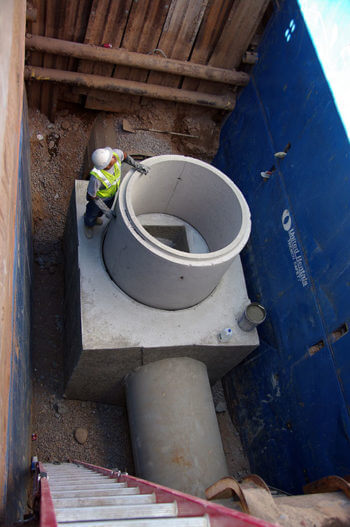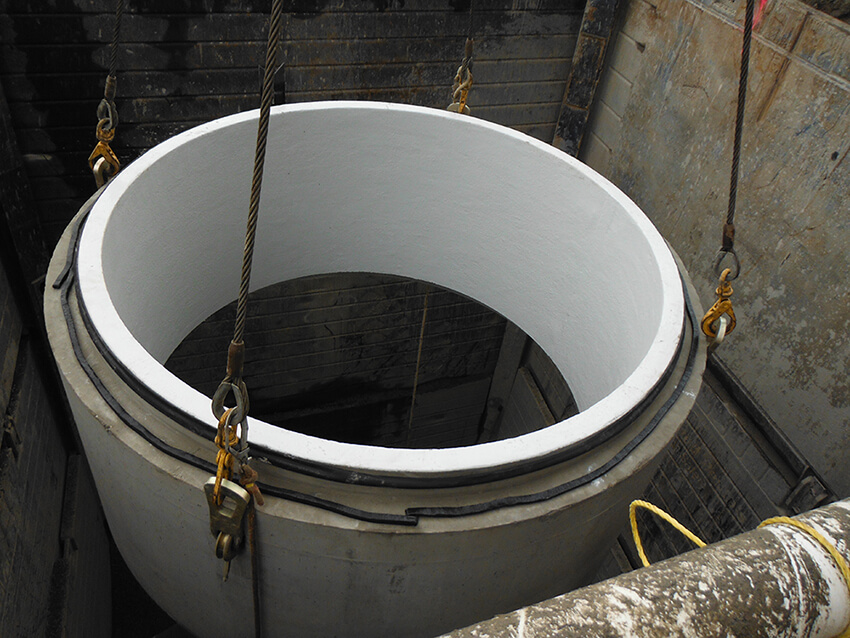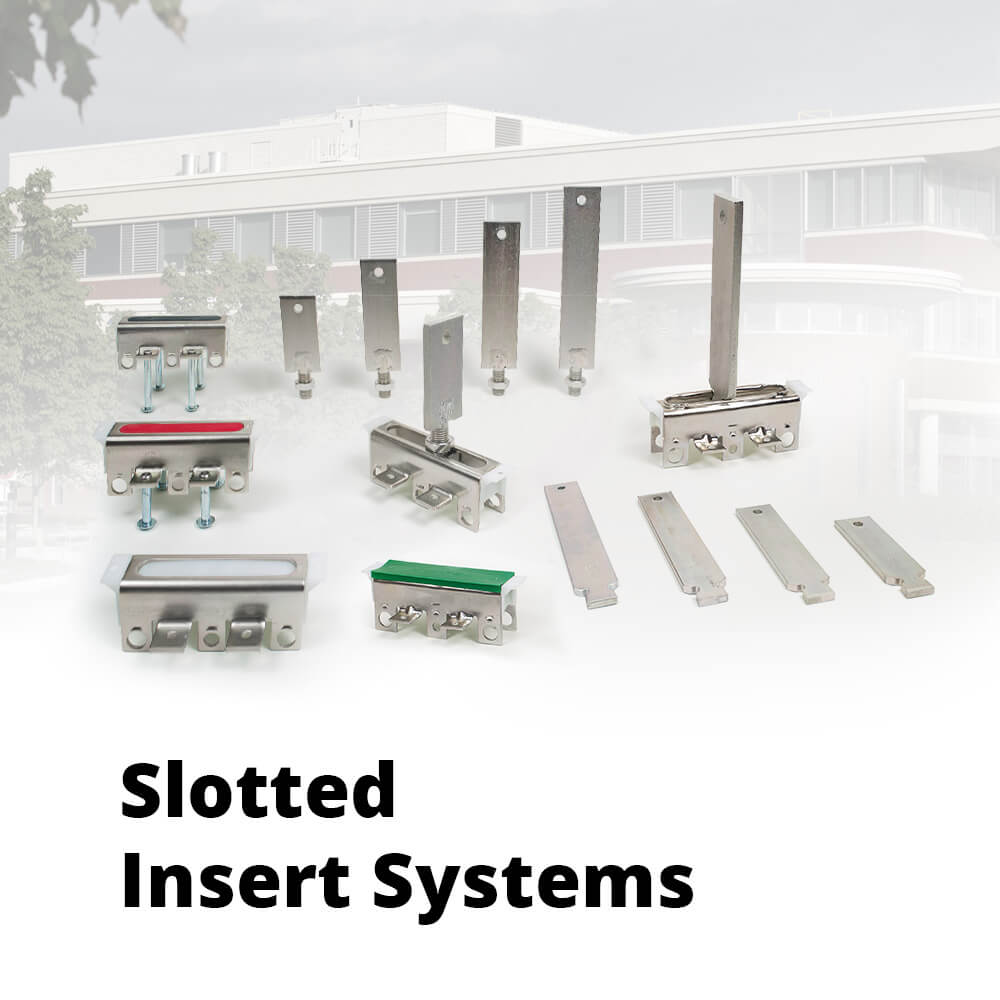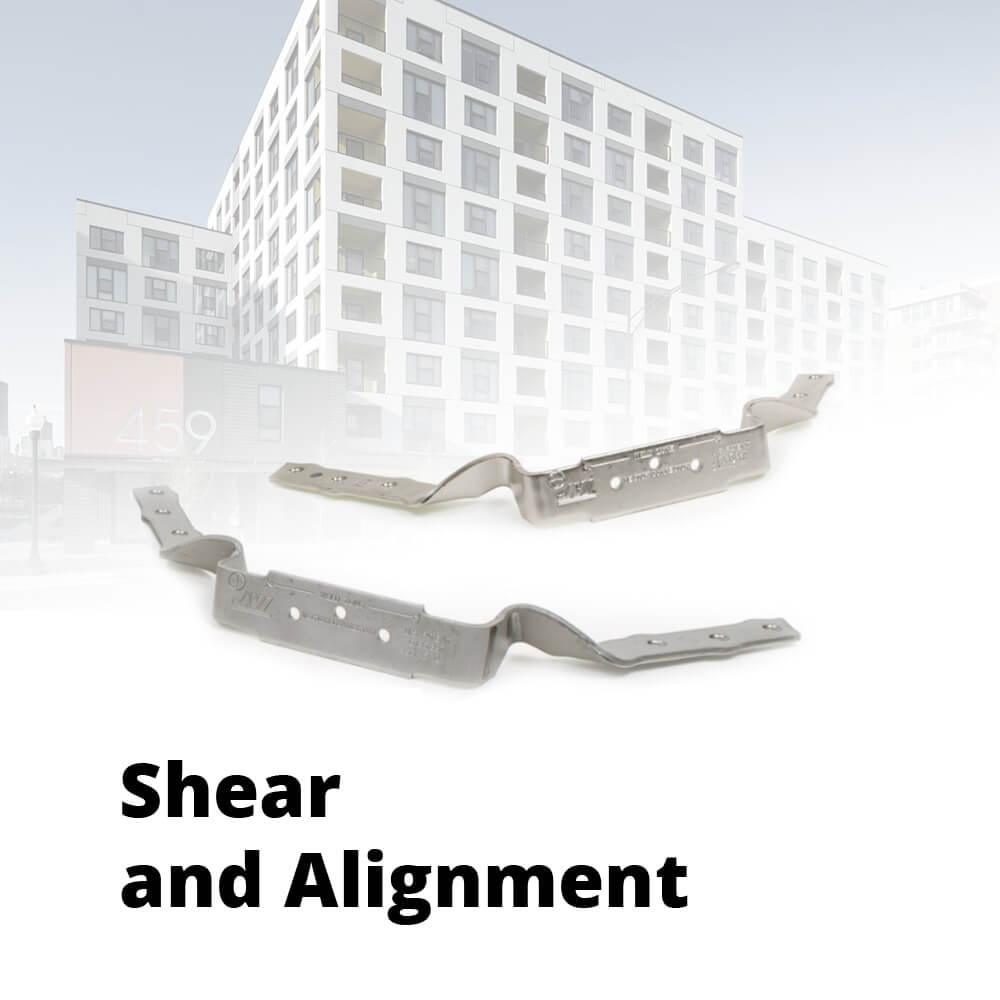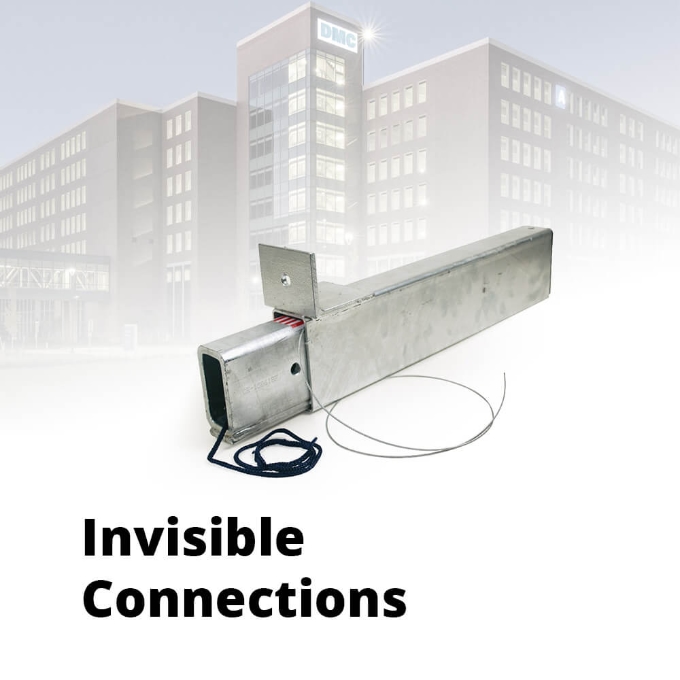
The Danger That Lurks Below
Credit: Original article published here.
In June, city workers conducting regular maintenance in downtown Indianapolis detected an underground sinkhole that, thankfully, had yet to reach the surface. The sinkhole was caused by a deteriorating brick manhole constructed somewhere in excess of 100 years ago. The city is now conducting a scan of its entire downtown sewer infrastructure to determine what other proactive measures it can take to prevent catastrophic damage.
While it’s scary that a phenomenon like this can easily reach the surface, causing destruction and injuries, what’s even scarier is Indianapolis is far from alone in dealing with this issue. It’s widely known that the American Society of Civil Engineers’ most recent assessment of U.S. infrastructure resulted in a D+ grade. What most people don’t think about, however, is that the issue extends much further than the crumbling bridges, overburdened highways and woefully insufficient airports commuters experience on a regular basis.
How often do you see a levee or dam and think, “gosh, that’s looking kind of old”? The same can be said of ports, power plants and railways. They just aren’t on our radar. But even more hidden than any of those is our underground infrastructure.
There is a maze of products under us in the form of pipes, tanks, catch basins, pump stations and, of course, manholes. They handle our drinking water, stormwater, wastewater and more. And if any portion of that infrastructure fails, we pay the price. Solutions must be installed quickly, perform flawlessly and last.
“Today’s precast concrete structures provide the best solution for the replacement of our aging infrastructure,” said Ty Gable, president of the National Precast Concrete Association. “Modern precast structures are made in a quality-controlled environment and are modular, which saves time and disruption in high-traffic areas such as downtowns. And, they are designed to provide 100-year service life.”
The state of our infrastructure and how to fund it is back in the news thanks to the work of Senator Bill Shuster (R-Pa.), chairman of the House Transportation and Infrastructure Committee, whose committee has crafted a new plan. The effort has a long way to go and is regularly sidetracked by hot issues with shorter timelines. But some movement is better than none at all.
“Our nation’s infrastructure is the circulatory system of our water and wastewater needs,” Gable said. “Public health depends on durable, high-performance arteries, and precast is the solution.”

